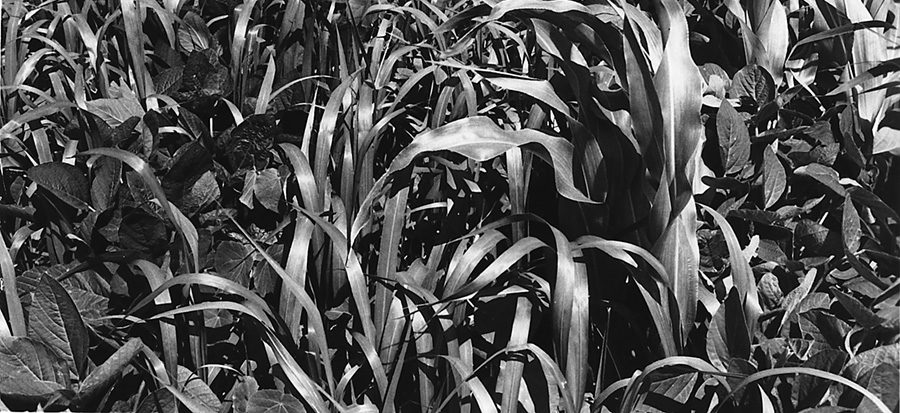No-Till Farmer
Get full access NOW to the most comprehensive, powerful and easy-to-use online resource for no-tillage practices. Just one good idea will pay for your subscription hundreds of times over.

Applying the smallest amount of phosphate for the biggest bang for the buck is what your goal should be. A small amount of seed-placed phosphate can do that, maintains Terry Good, sales manager for the Canadian operations of Na-Churs Alpine Solutions in New Hamburg, Ontario.
In making these recommendations, Good refers to phosphorus research conducted by the University of Guelph’s Murray Miller and Tom Bates, other university studies and Good’s own 18 years of research.
These studies indicate that placing phosphate with the seed is a more efficient and economical way of supplying phosphate to a growing no-till corn plant than broadcast or 2- by 2-inch band applications. Phosphate should be made available to the corn plant prior to the critical six-leaf stage, stresses Good.
“When plant roots are small, you have a weak plant and need to develop an aggressive root system,” he says. “Phosphate does that for you. It helps the plant with photosynthesis, respiration, energy storage and transfer.”
Good cites Miller’s research, suggesting that corn yield is influenced by tissue phosphorus concentration prior to the six-leaf stage regardless of the amount of phosphate supplied at later stages. Once you get past the six-leaf stage (ear initiation and cob setting time), Good says the corn plant has grown a large enough root system so soil phosphorus will supply what is needed from then on.
Seed-placed phosphate is efficient, Good says, because phosphorus will move less than 1/10 inch in the soil and the only phosphorus the…